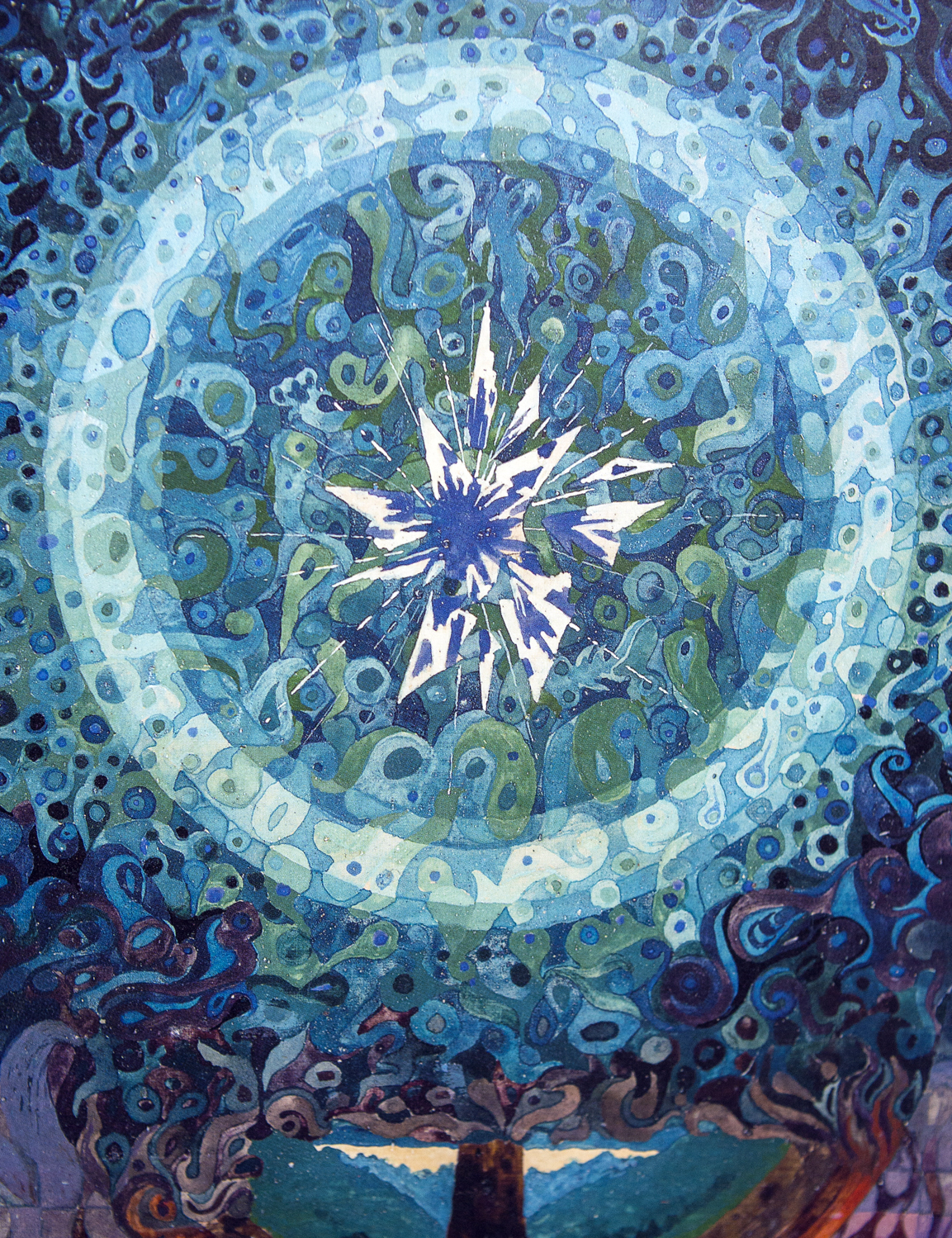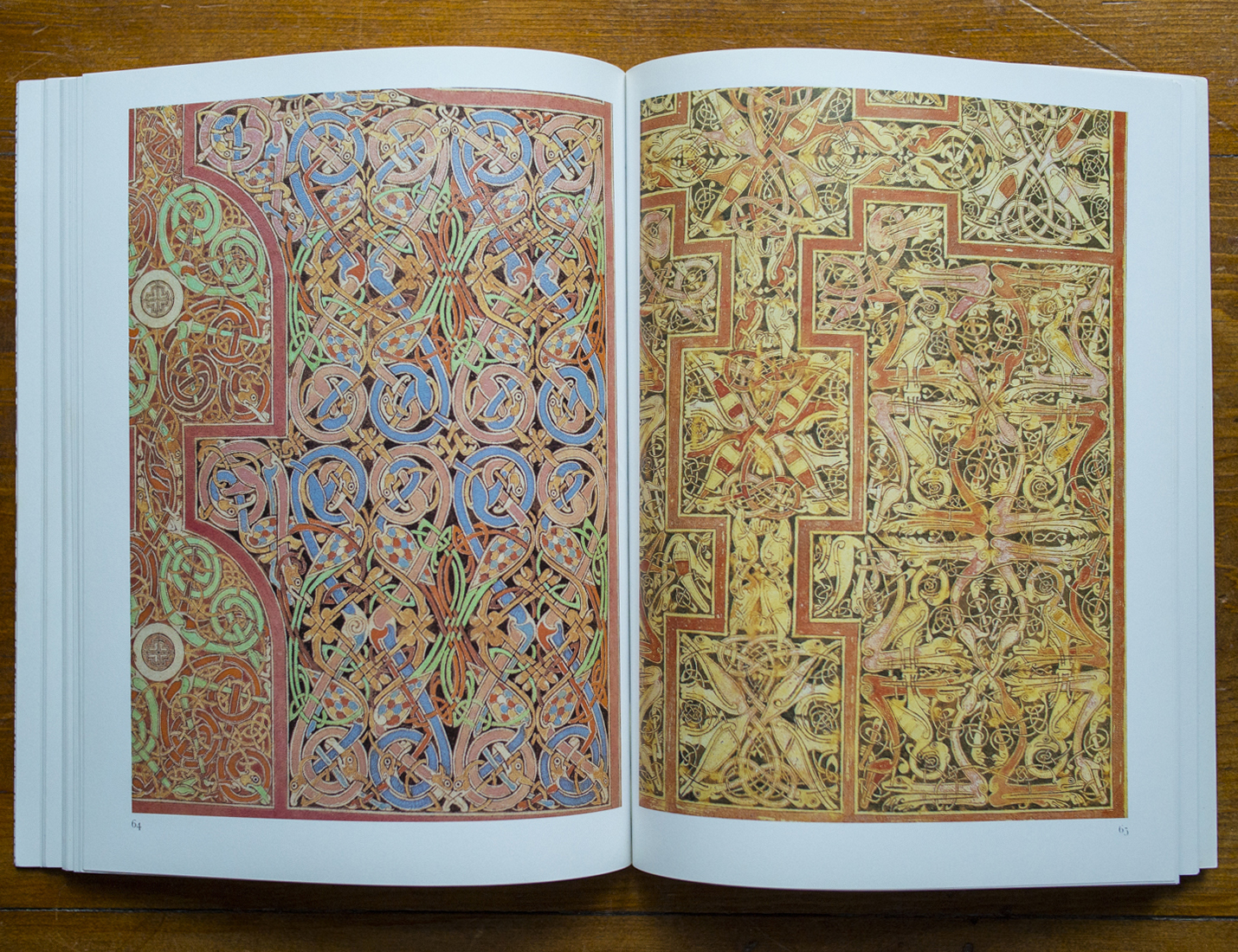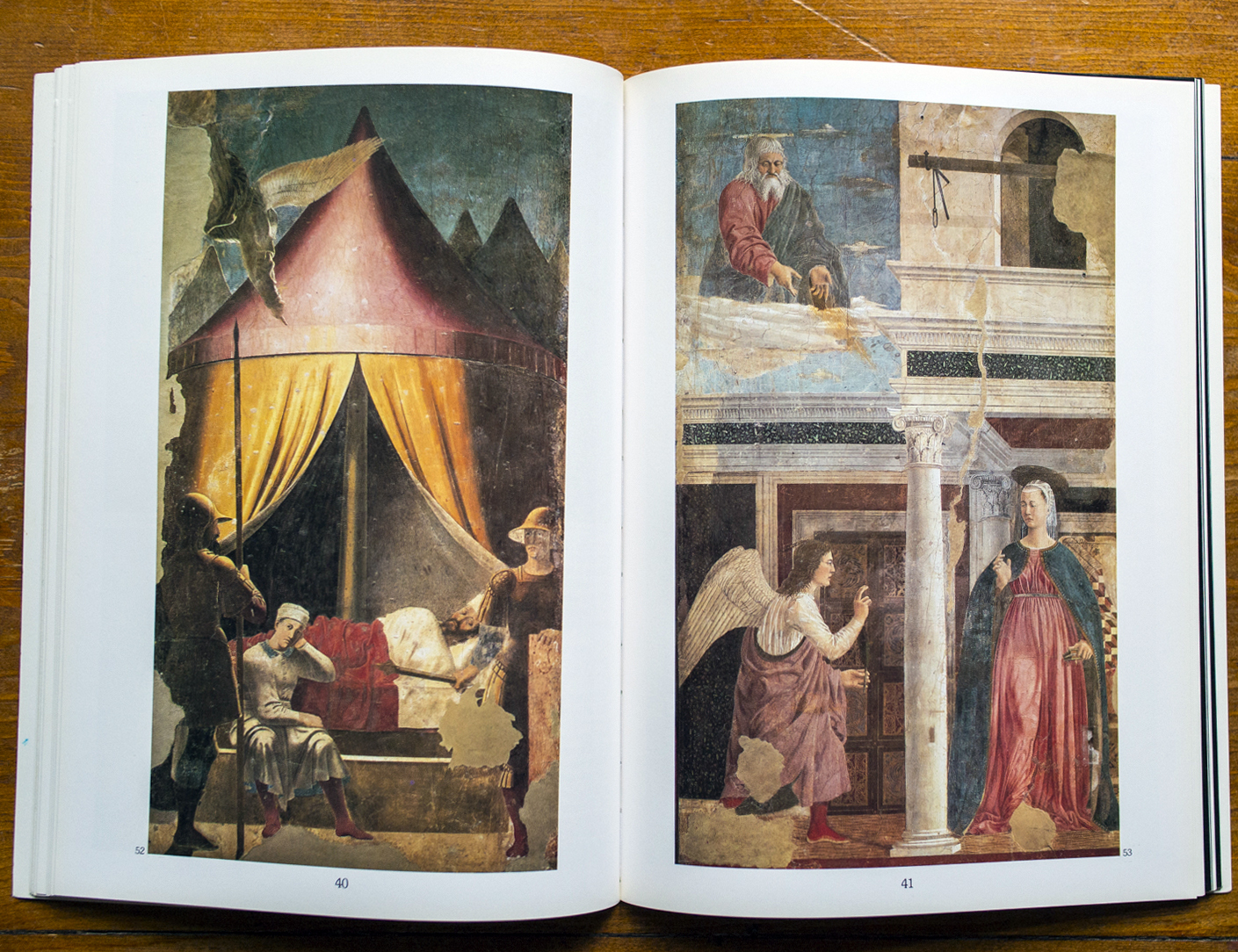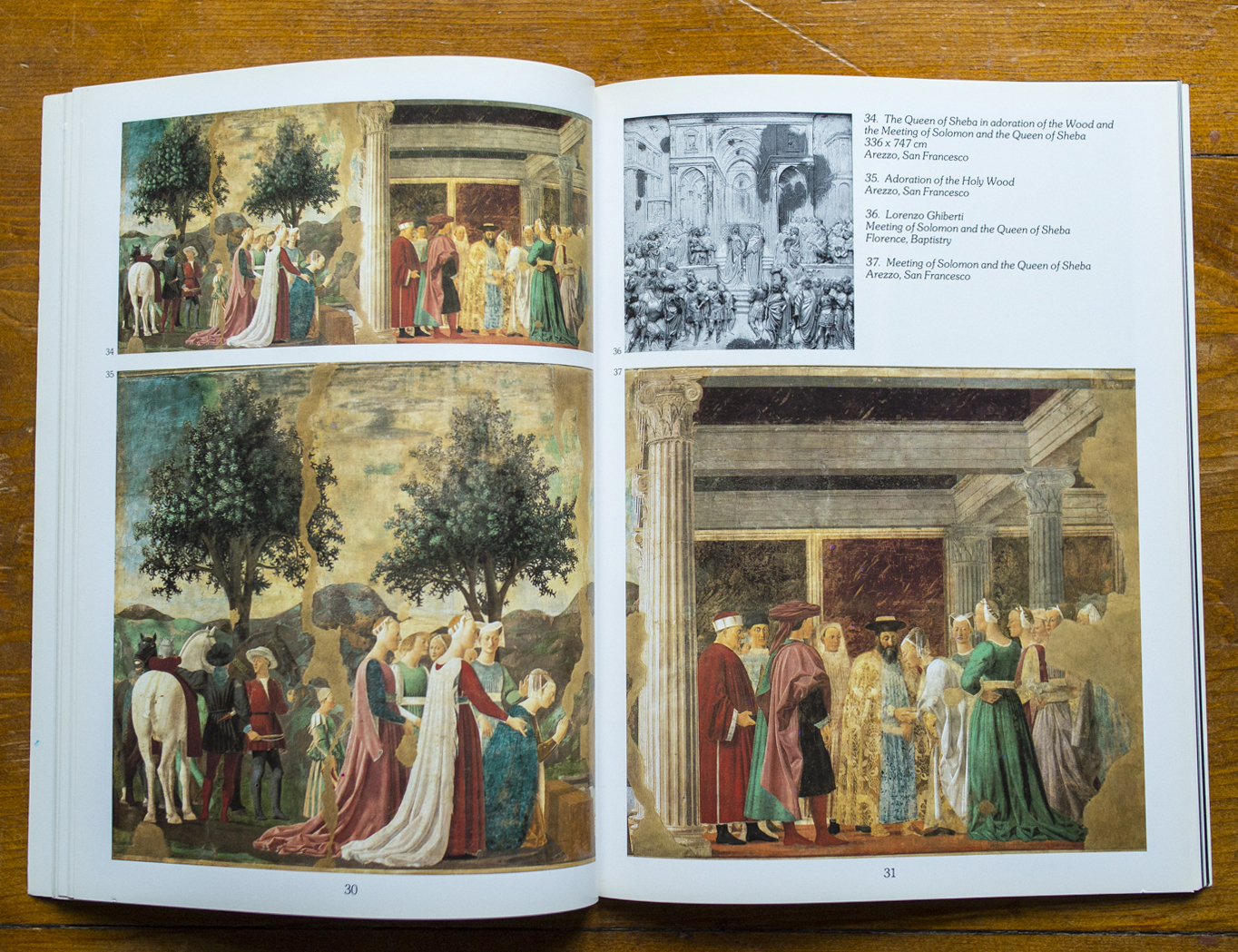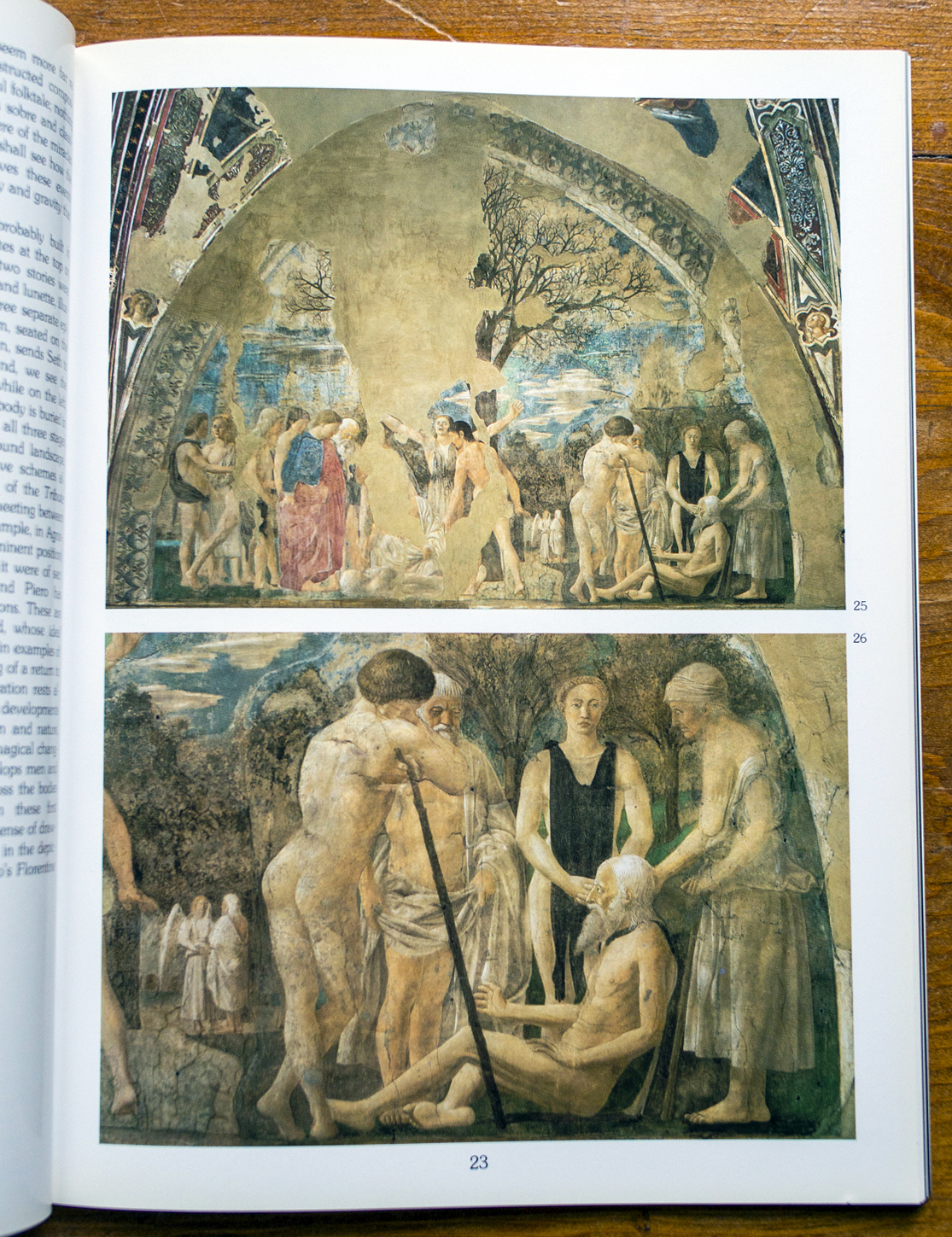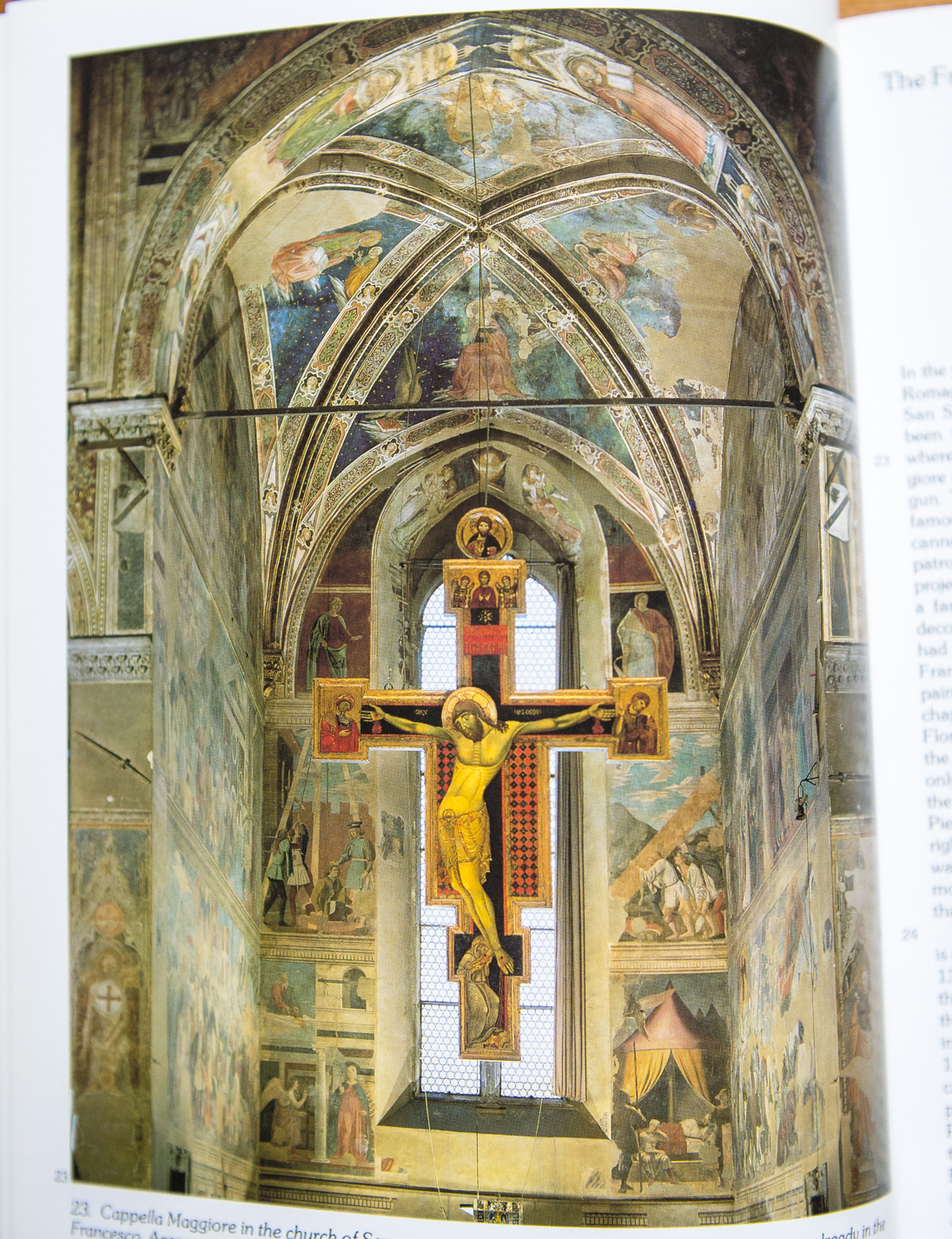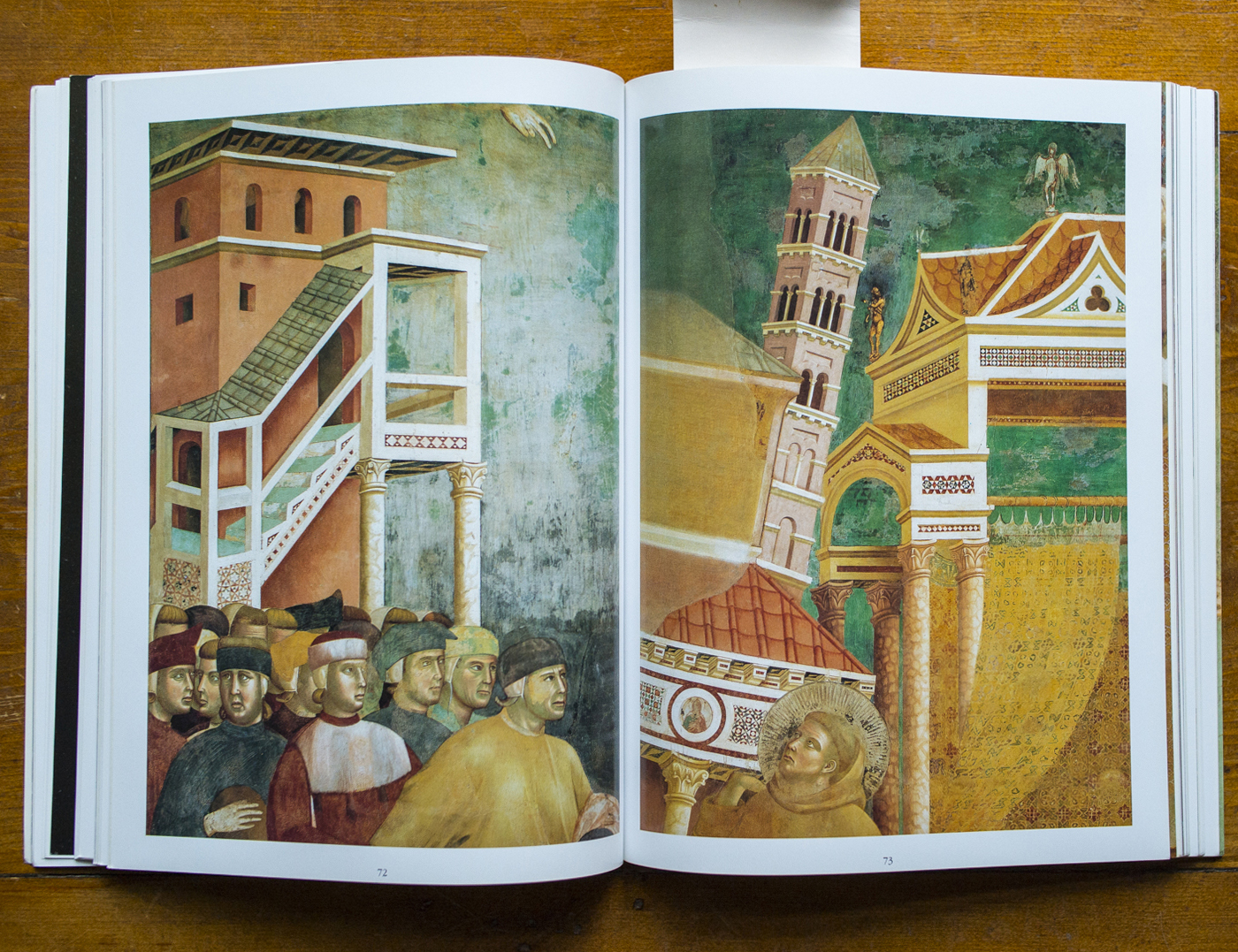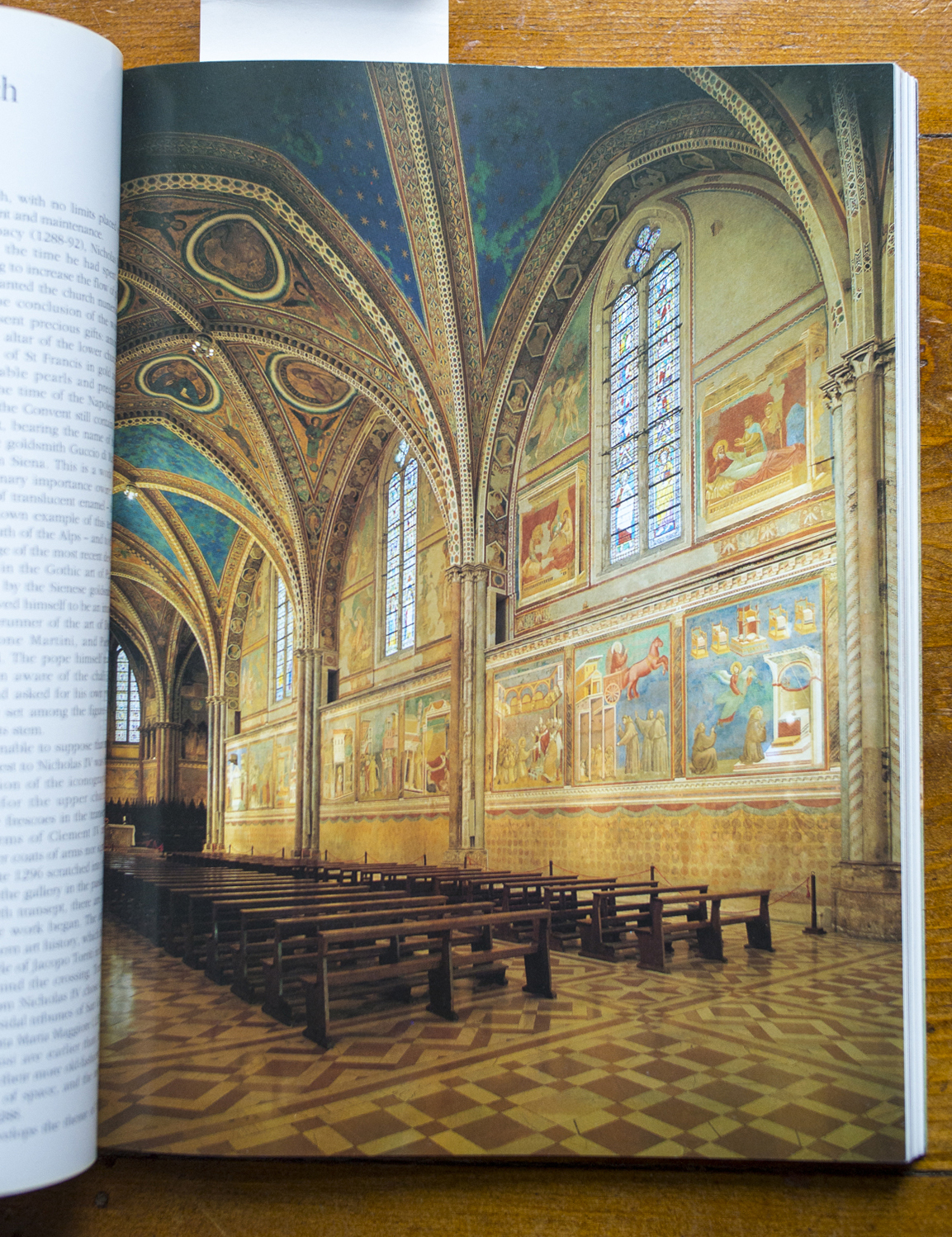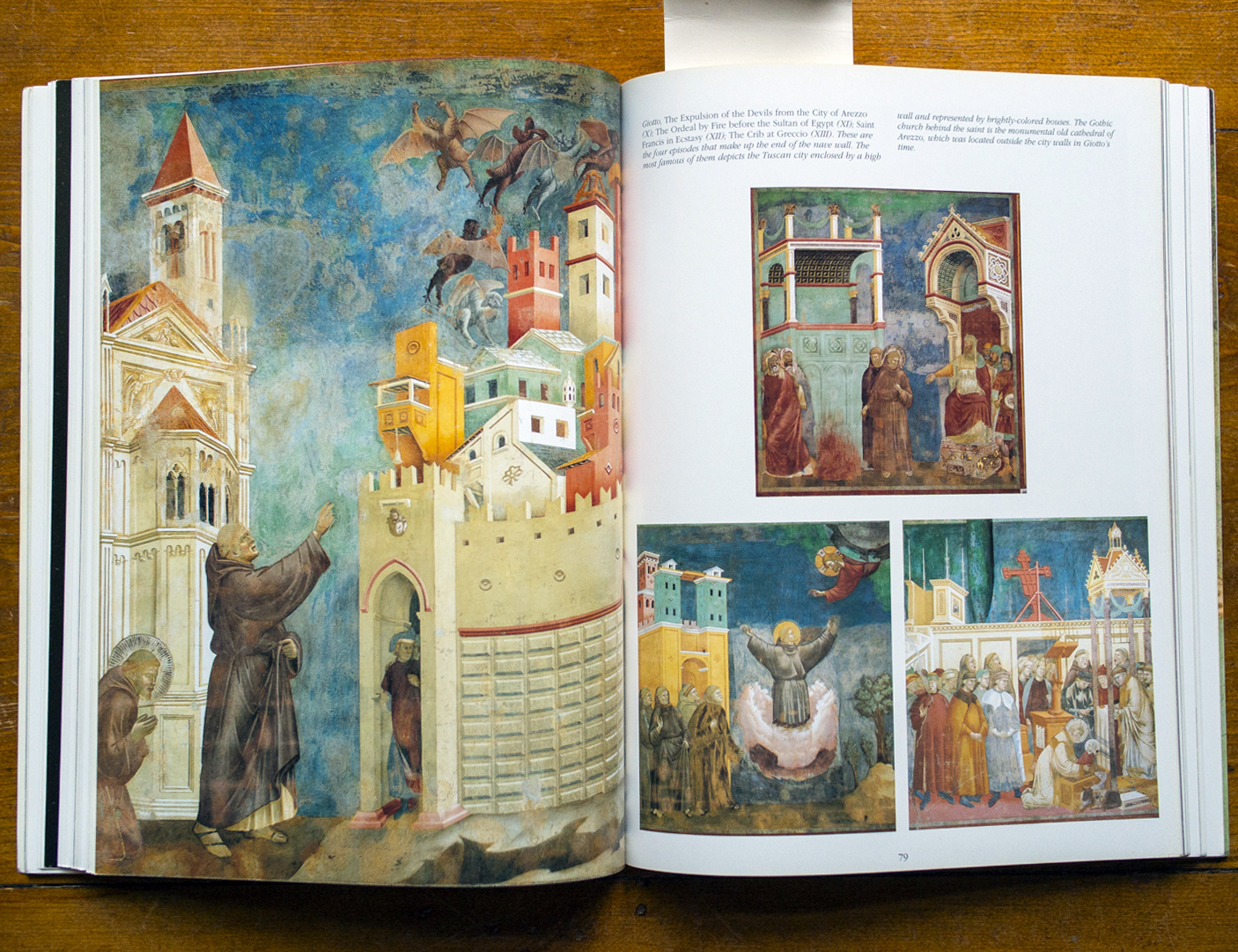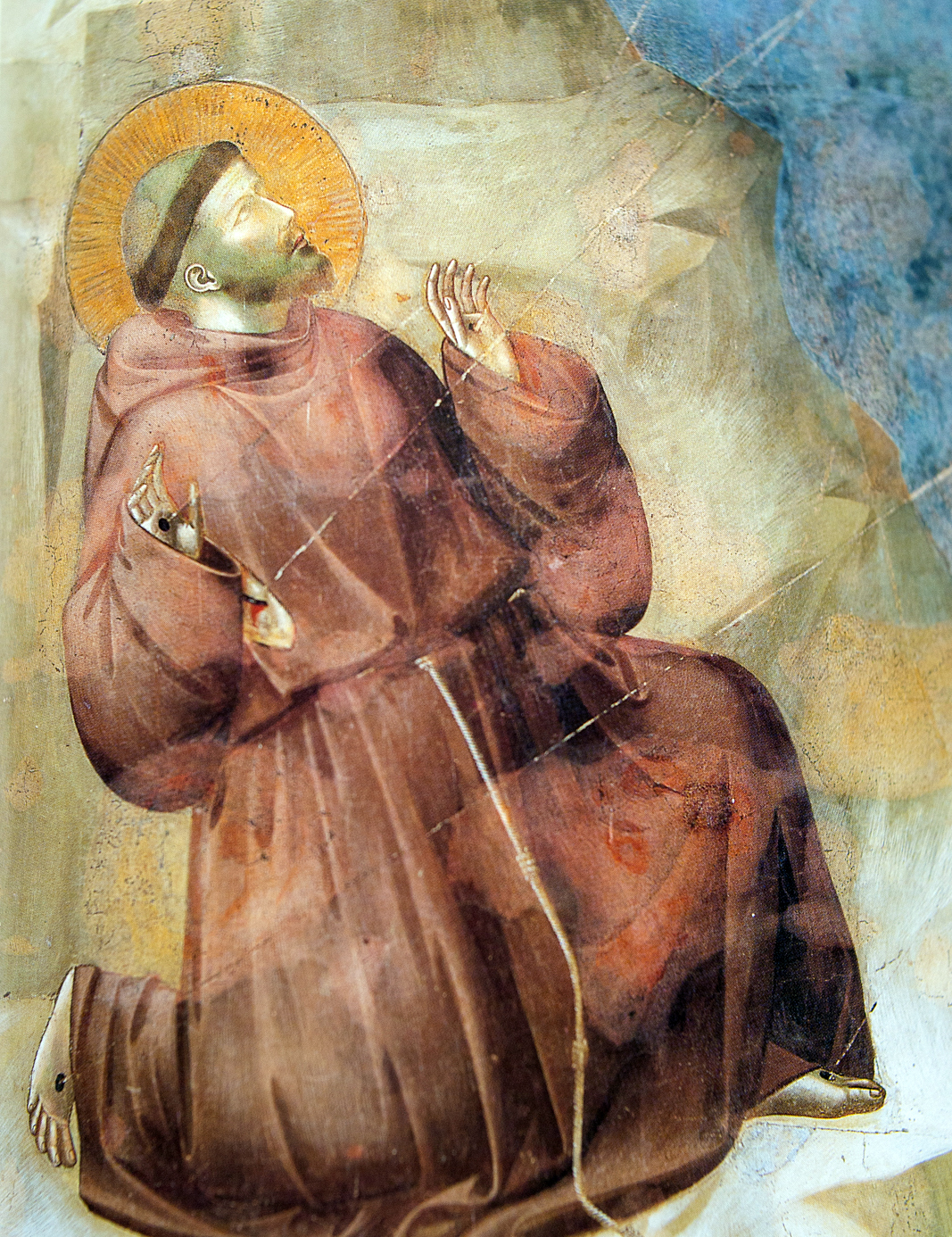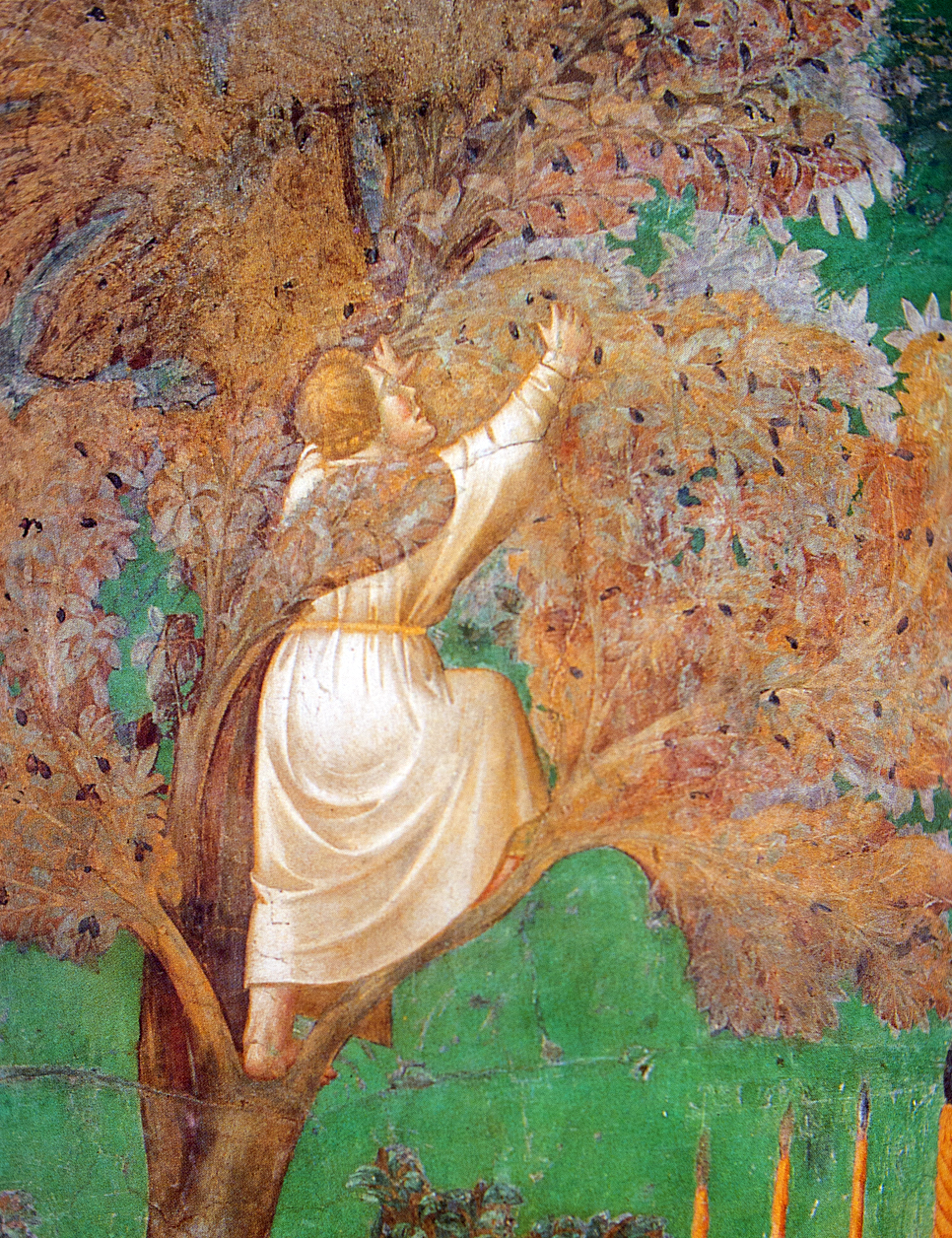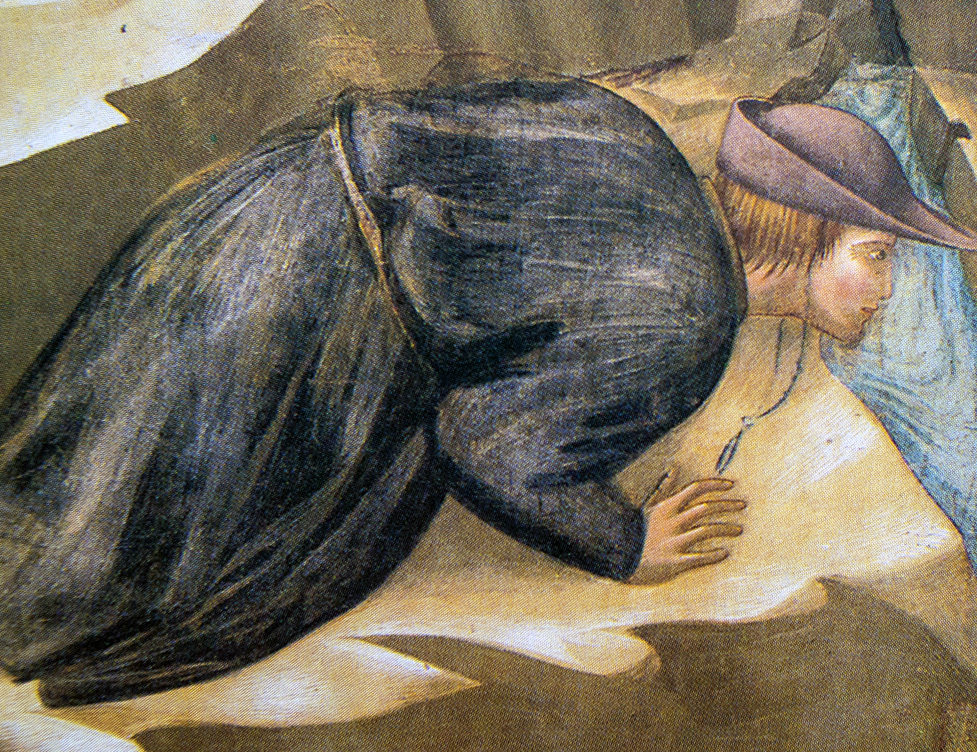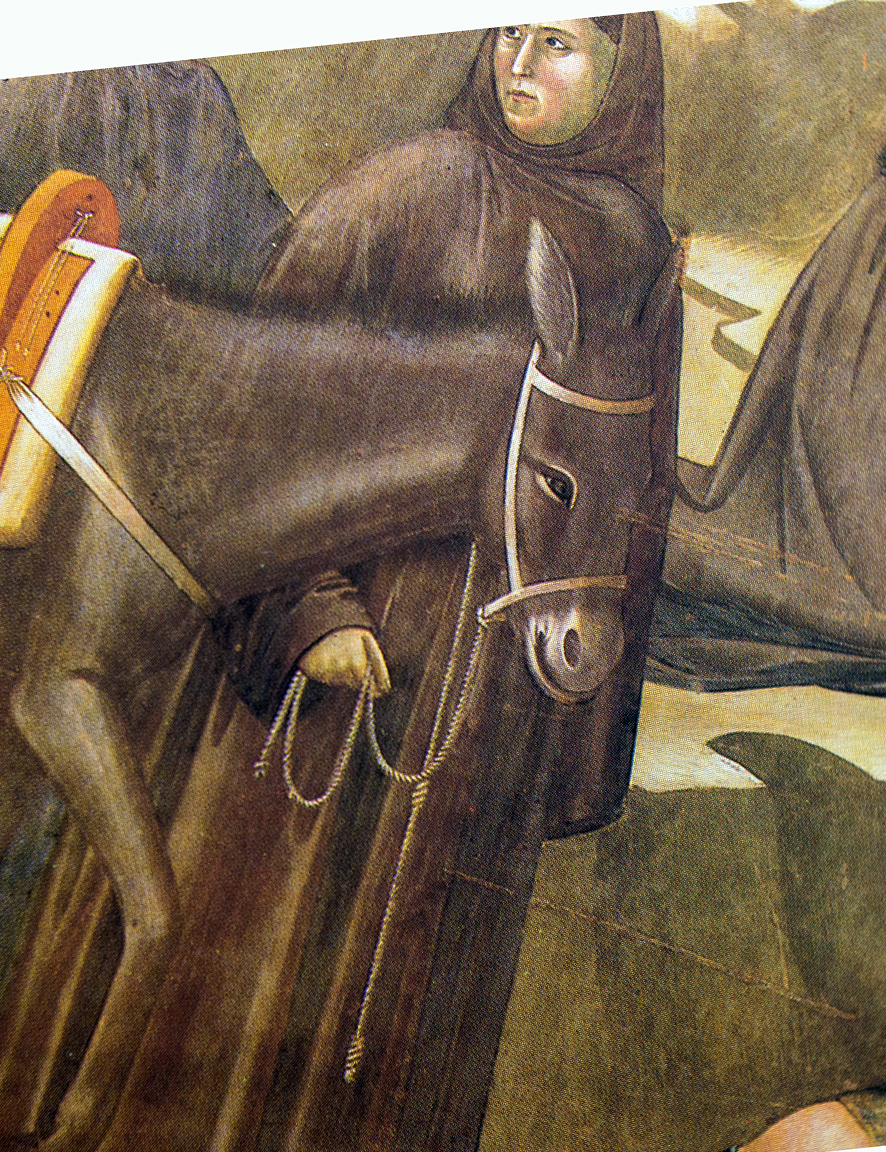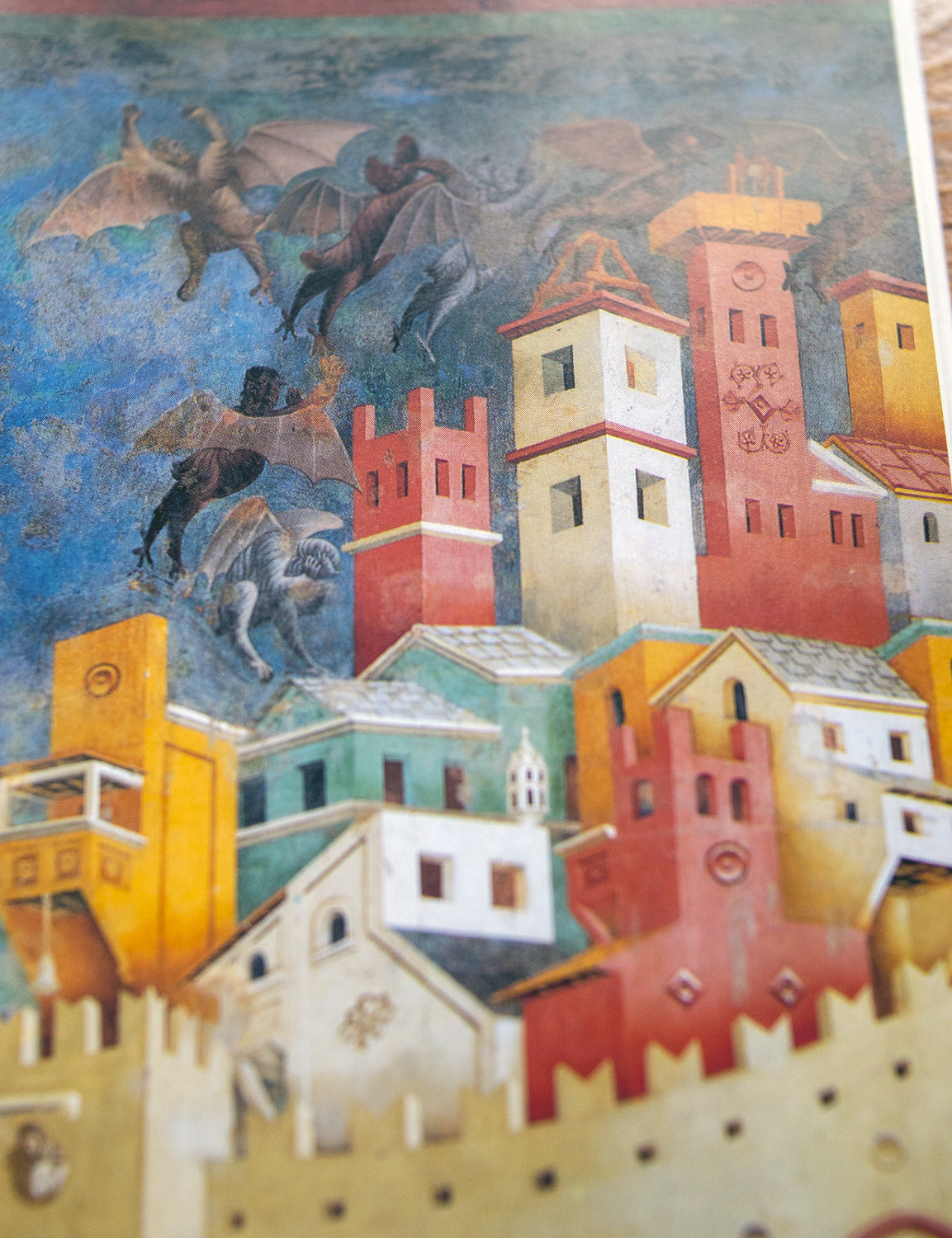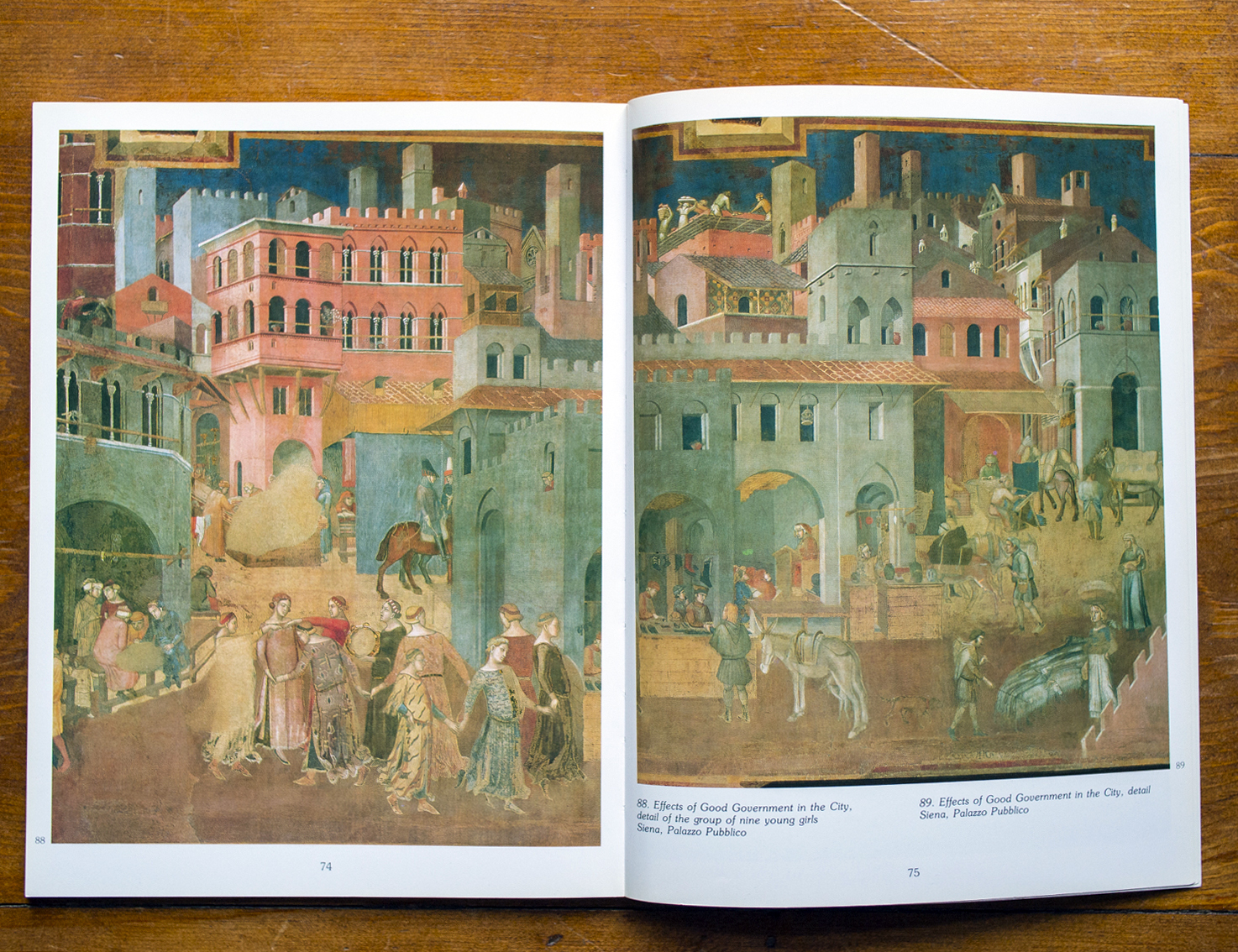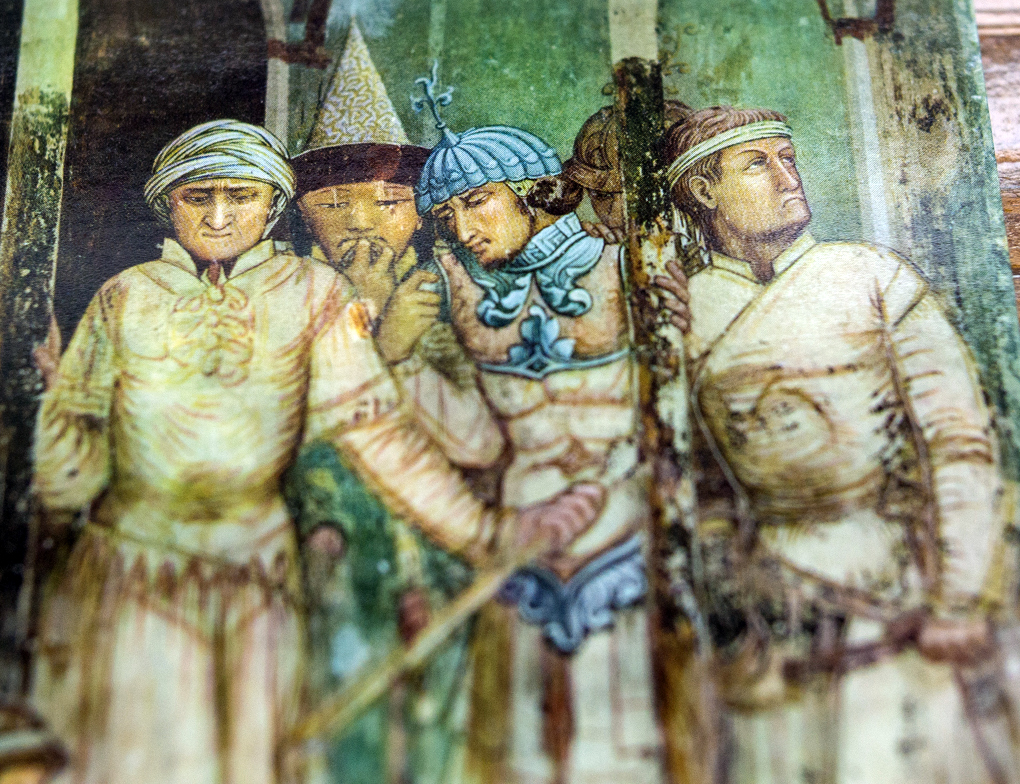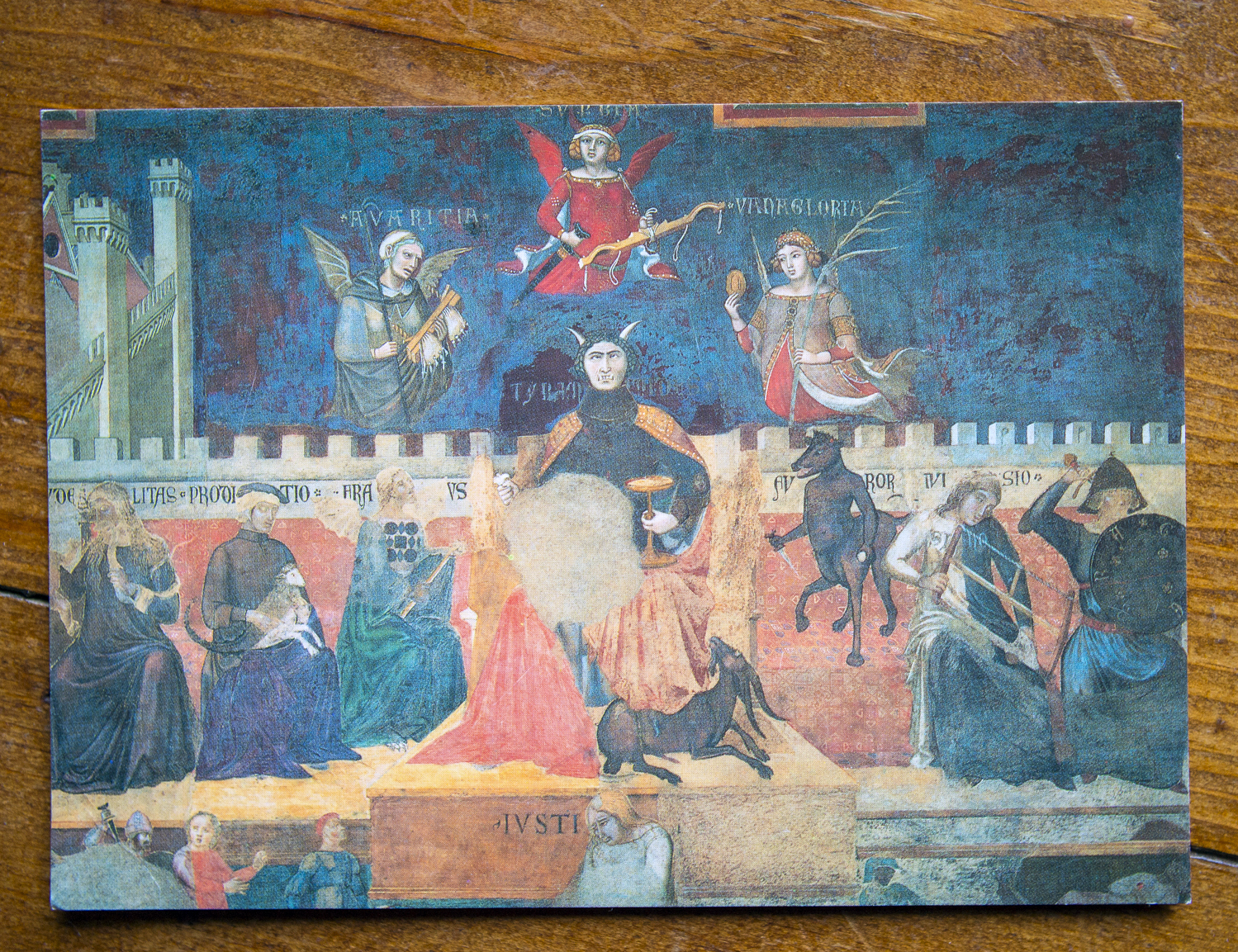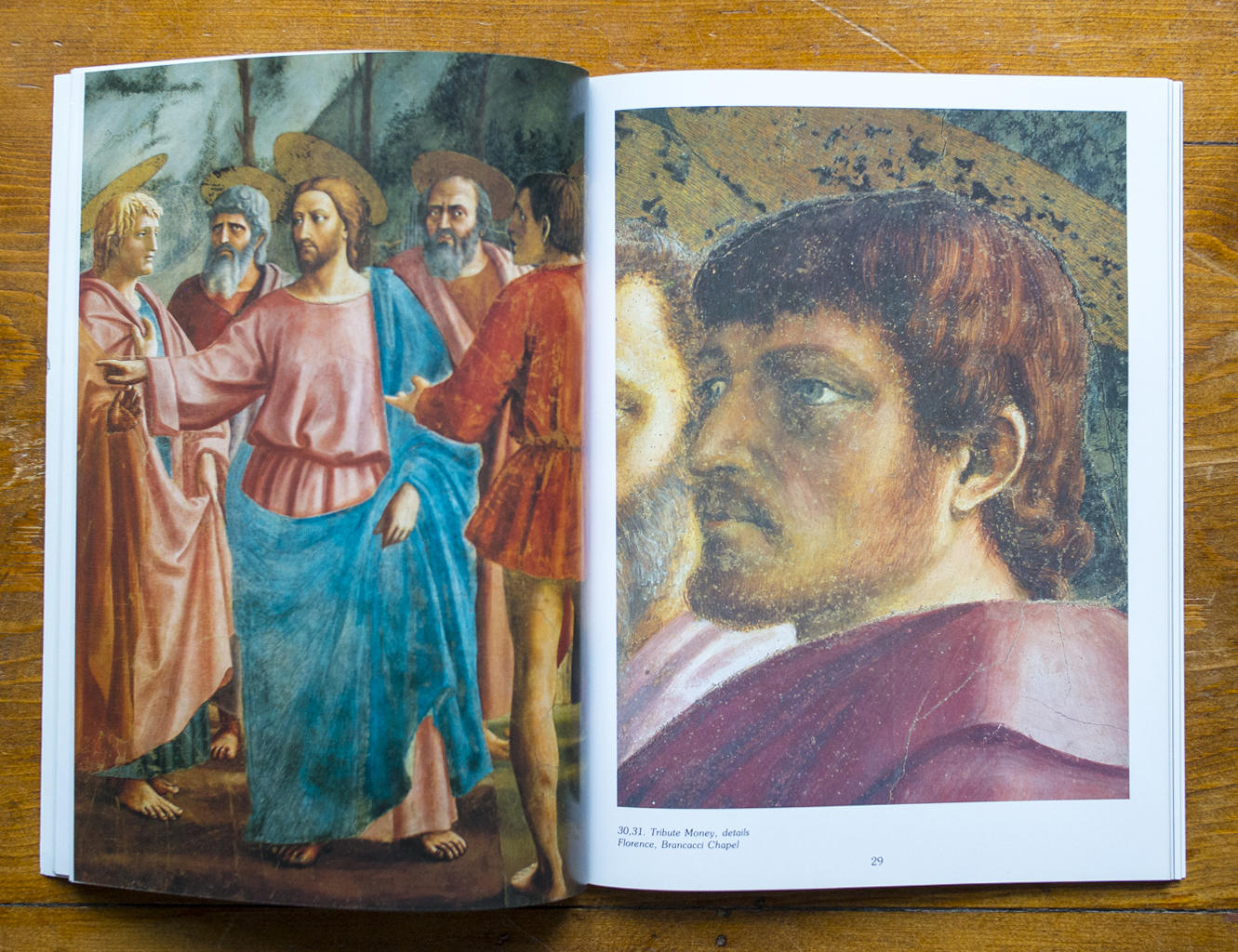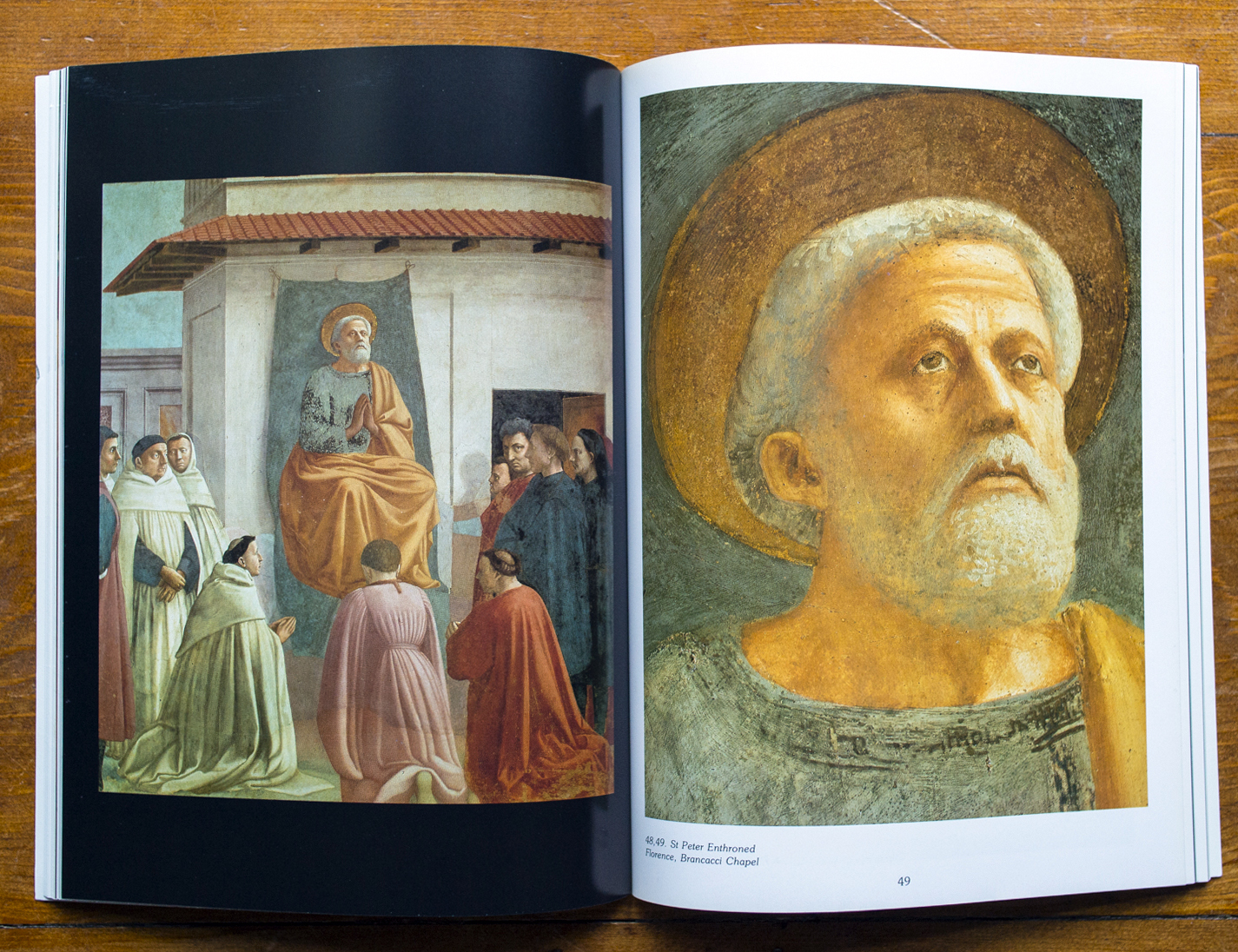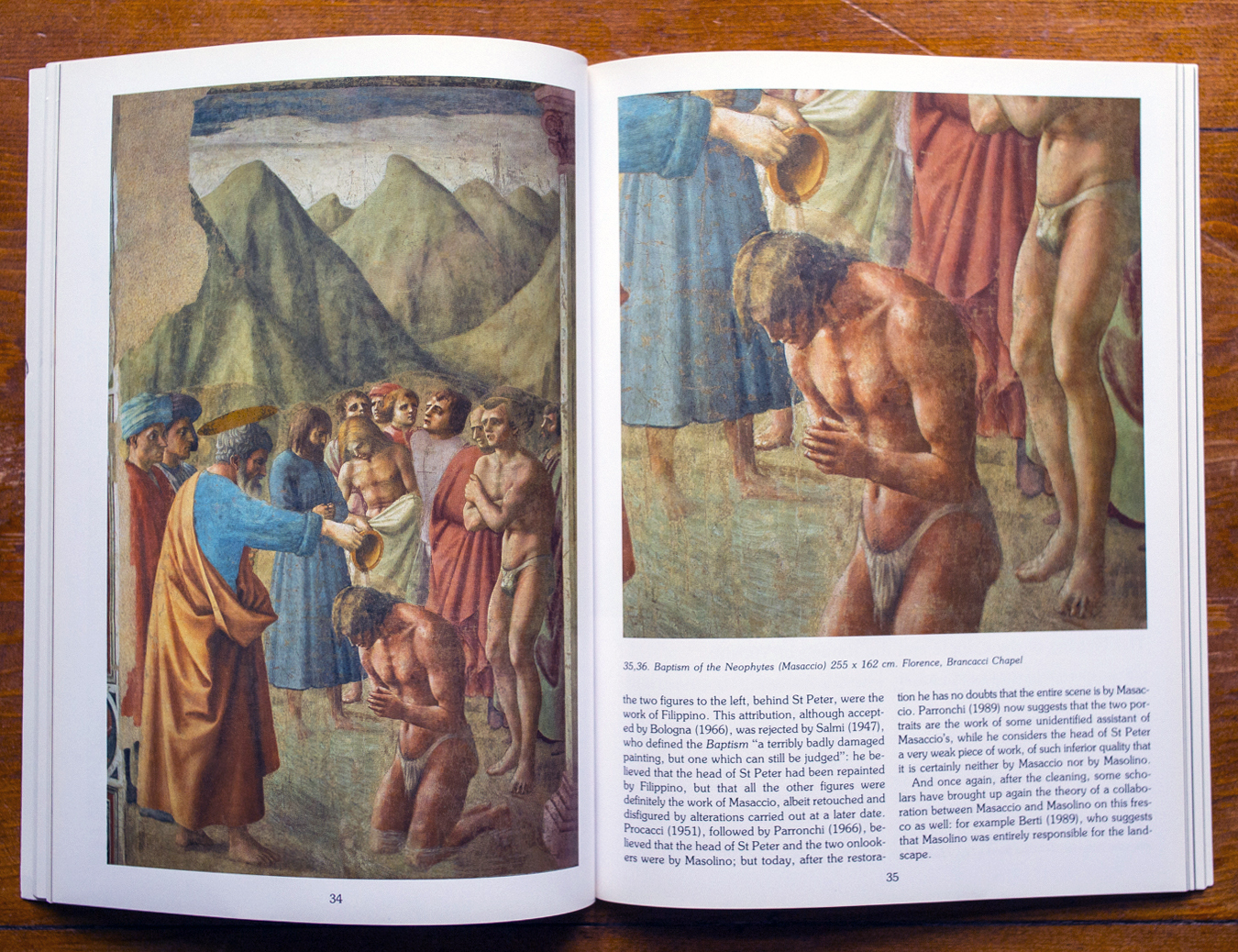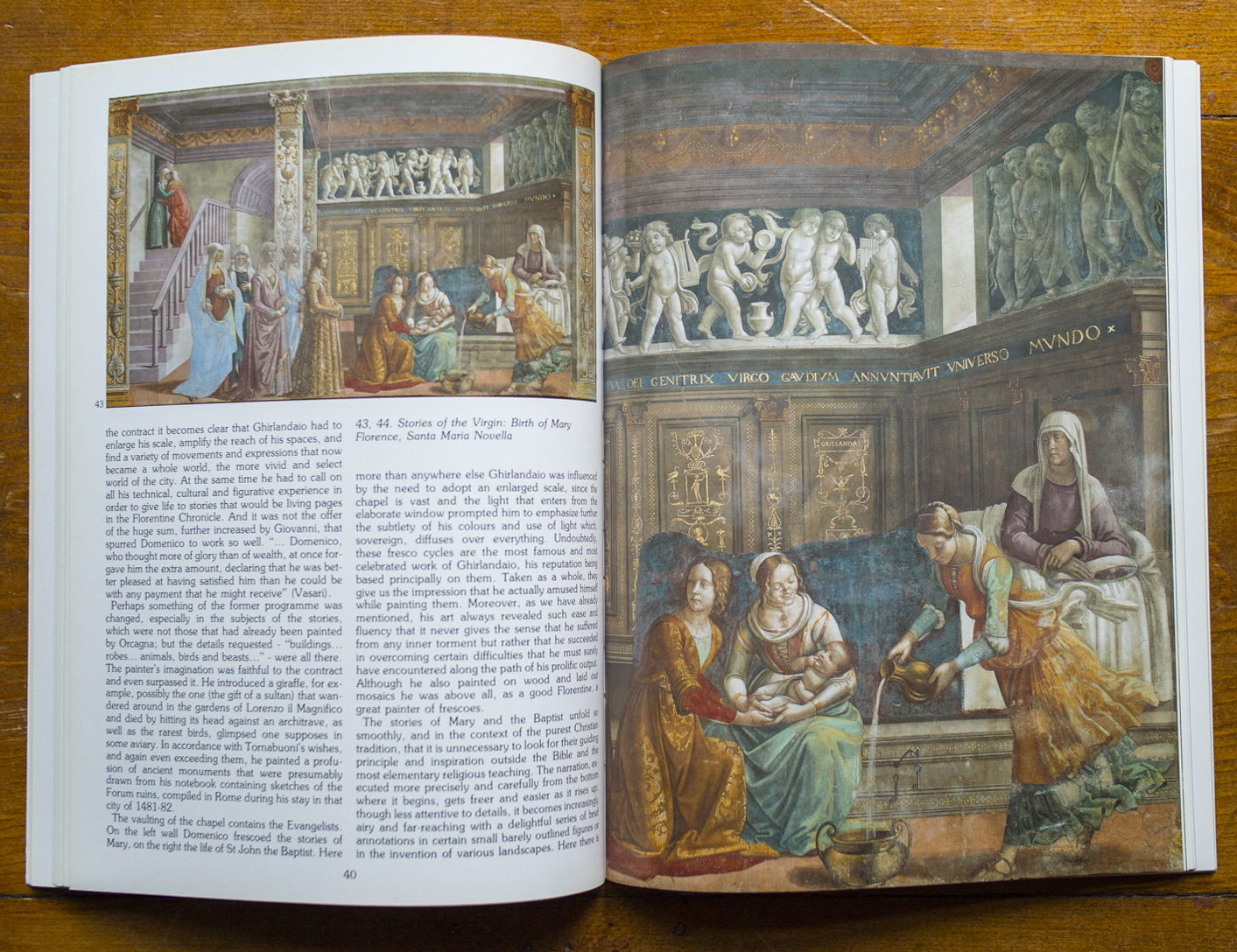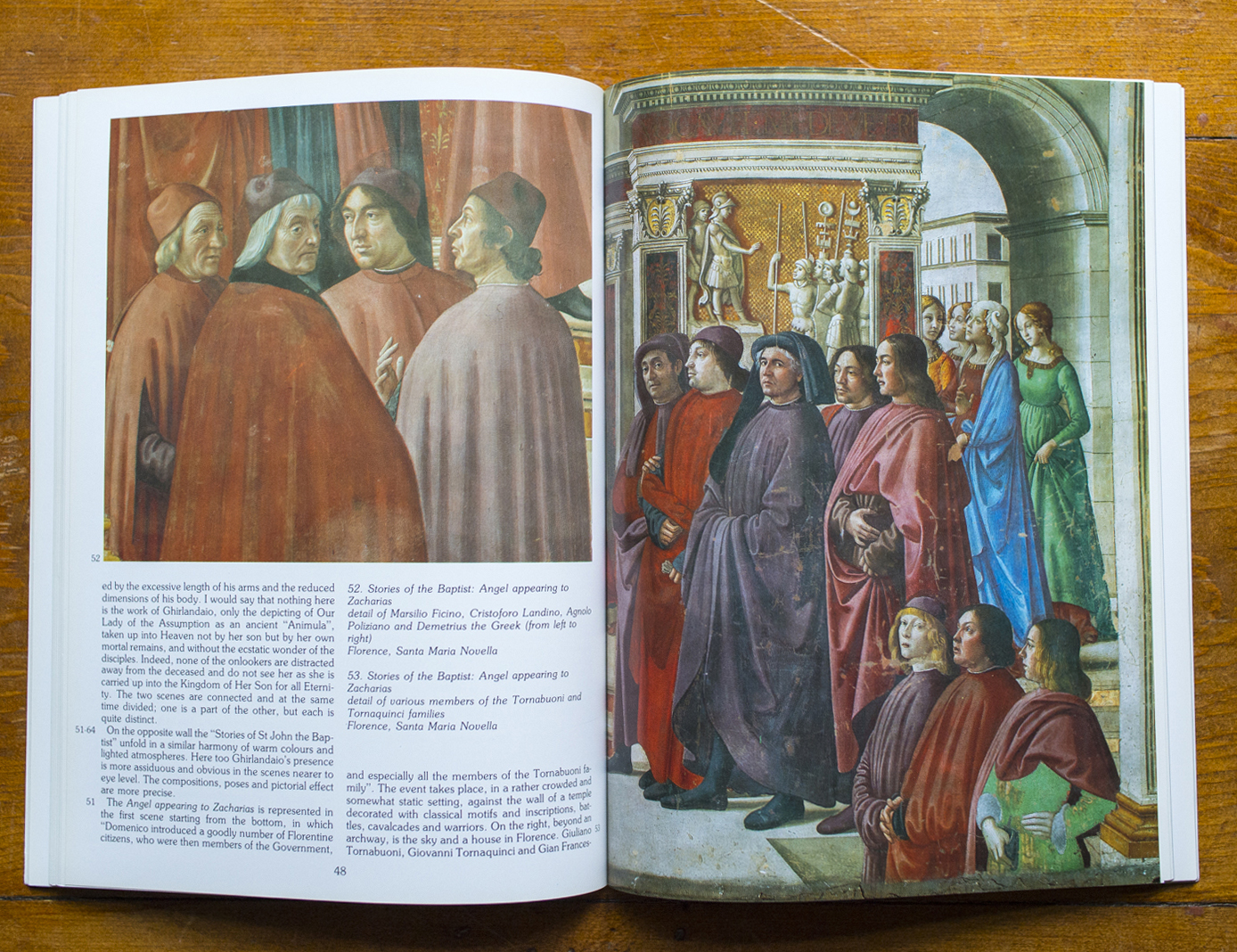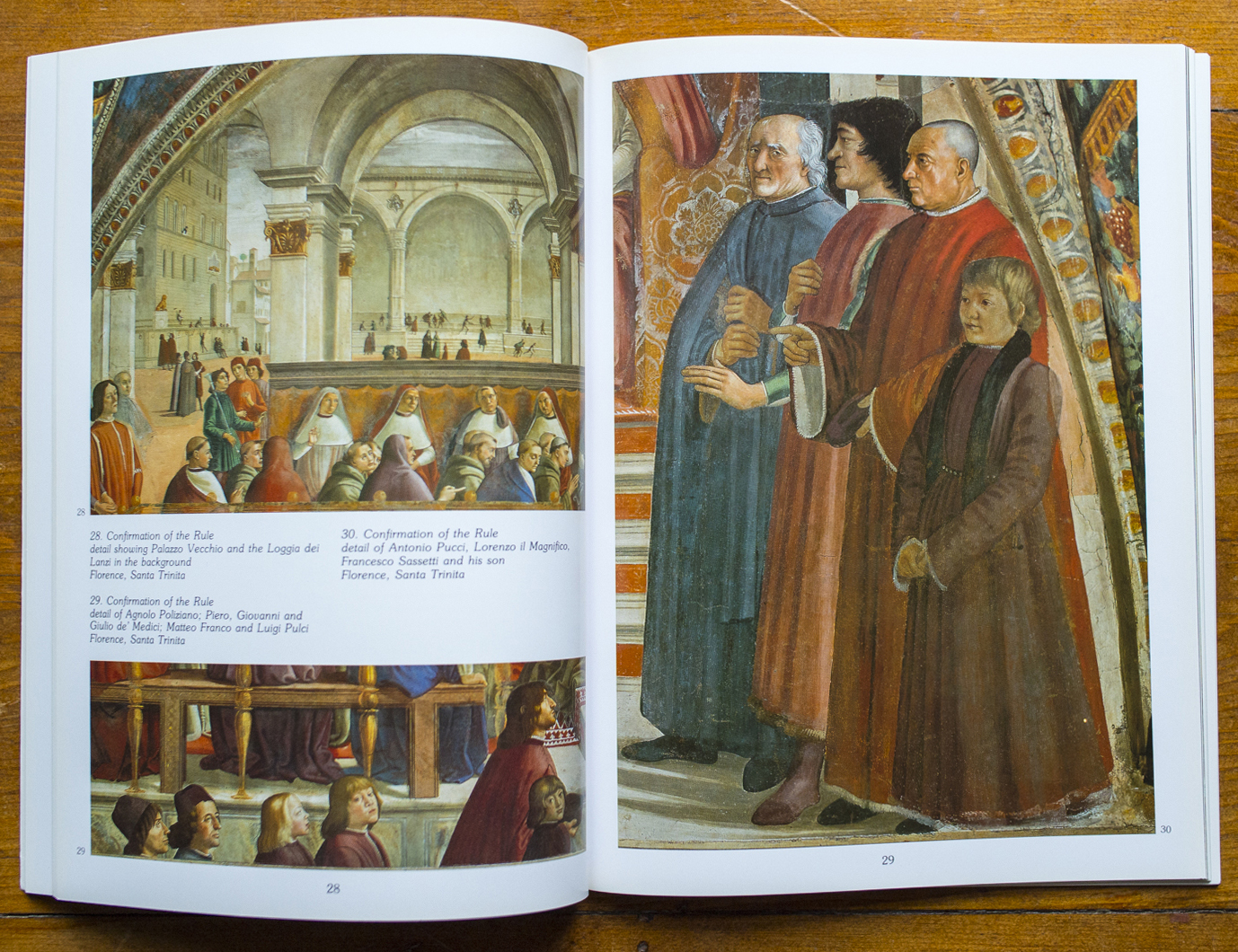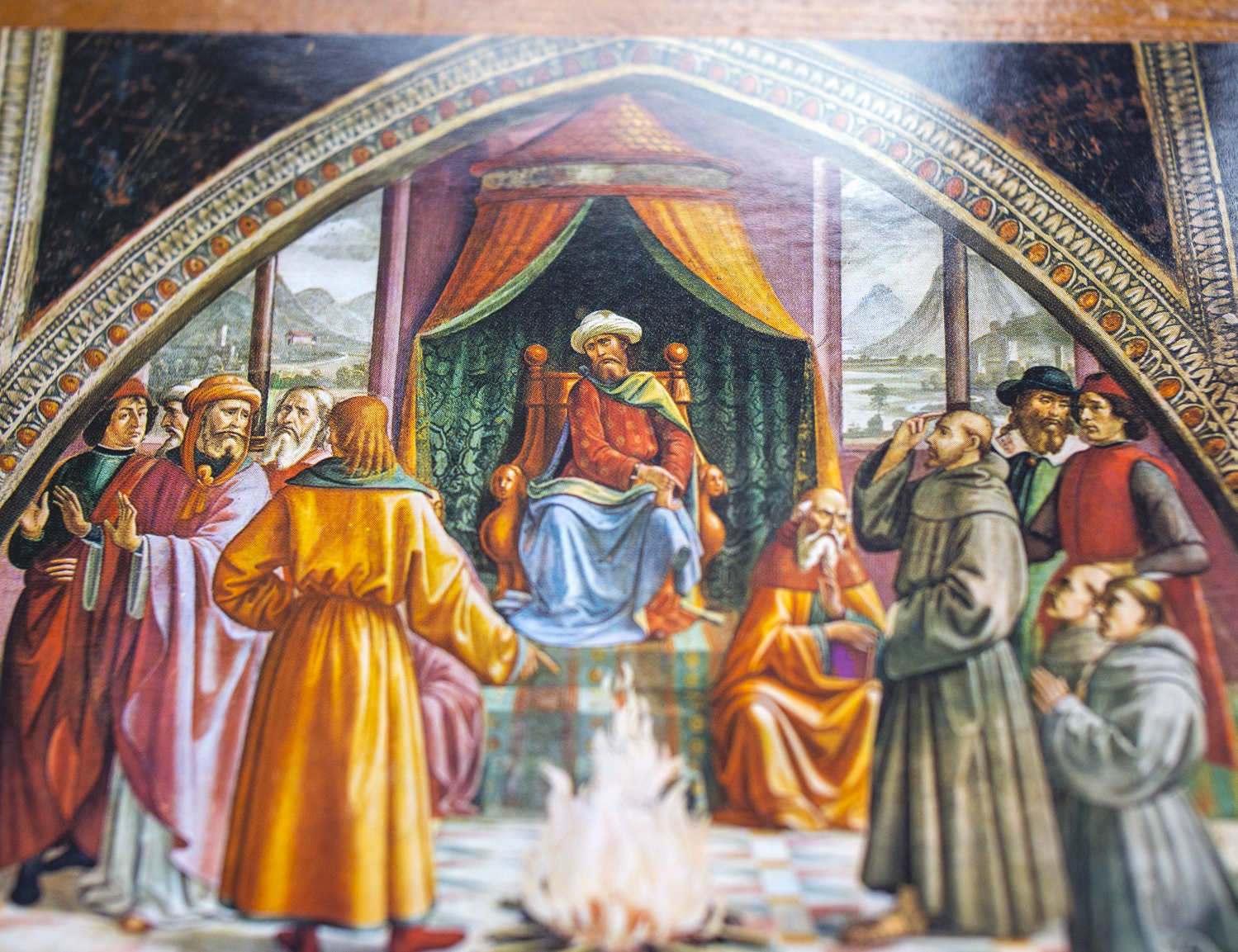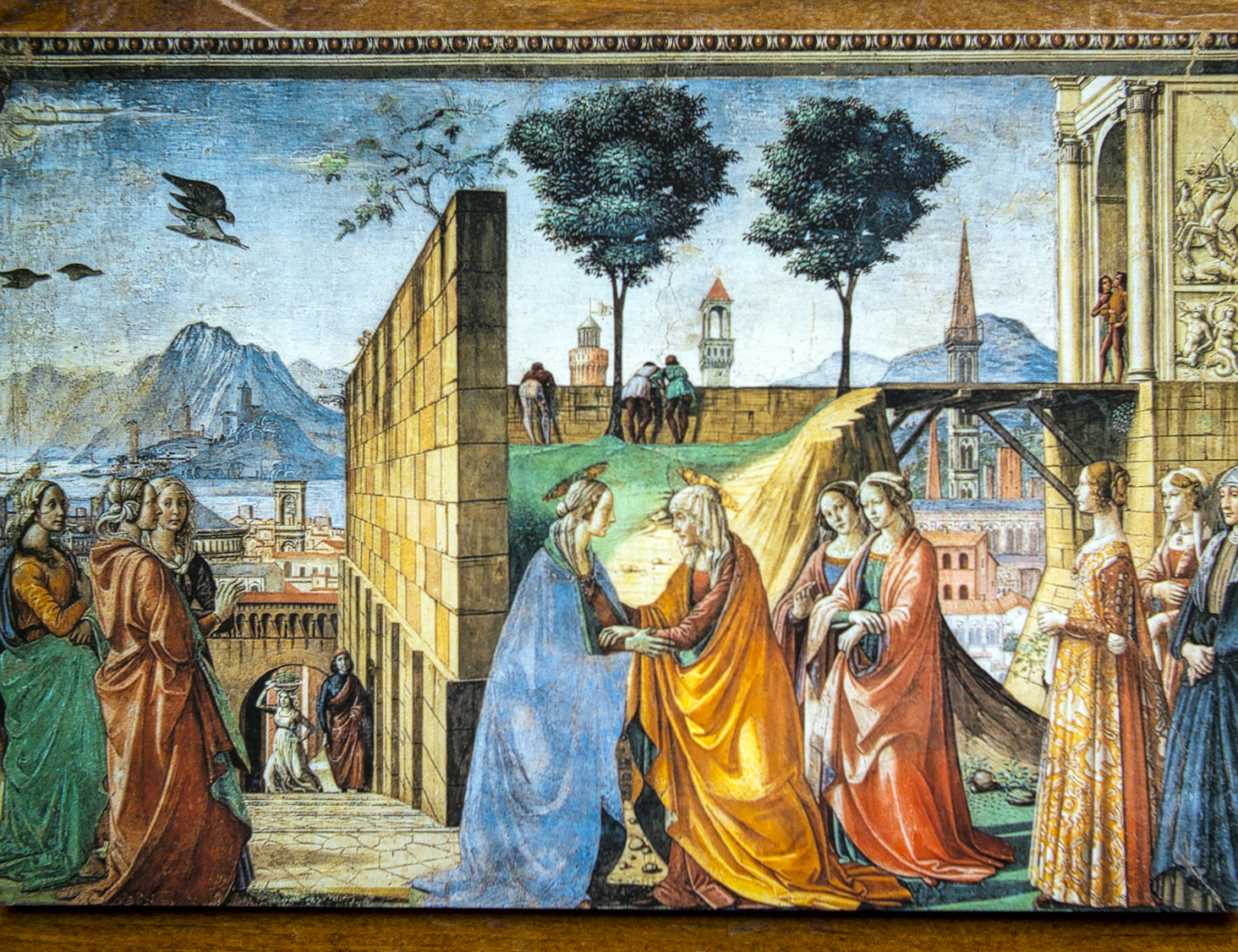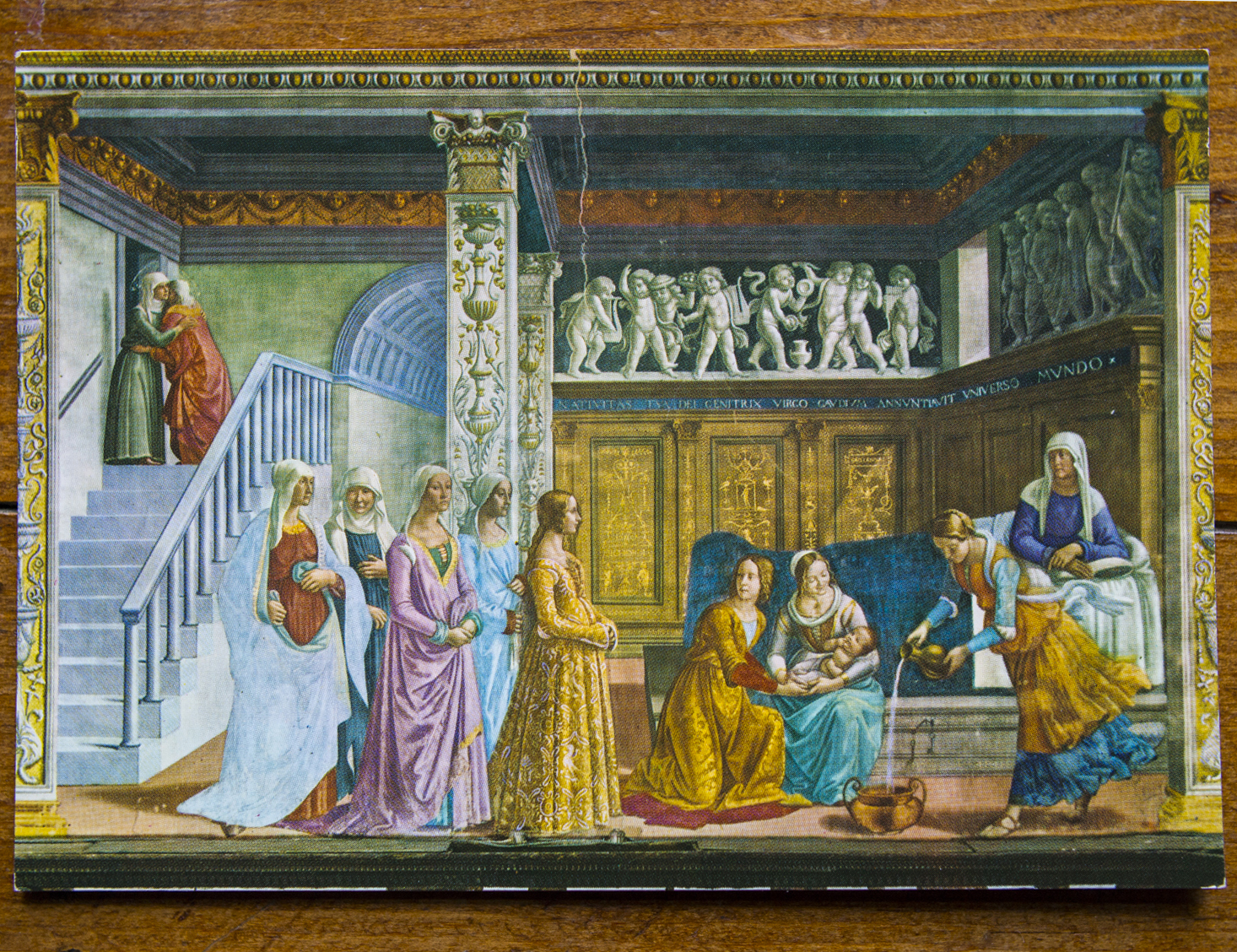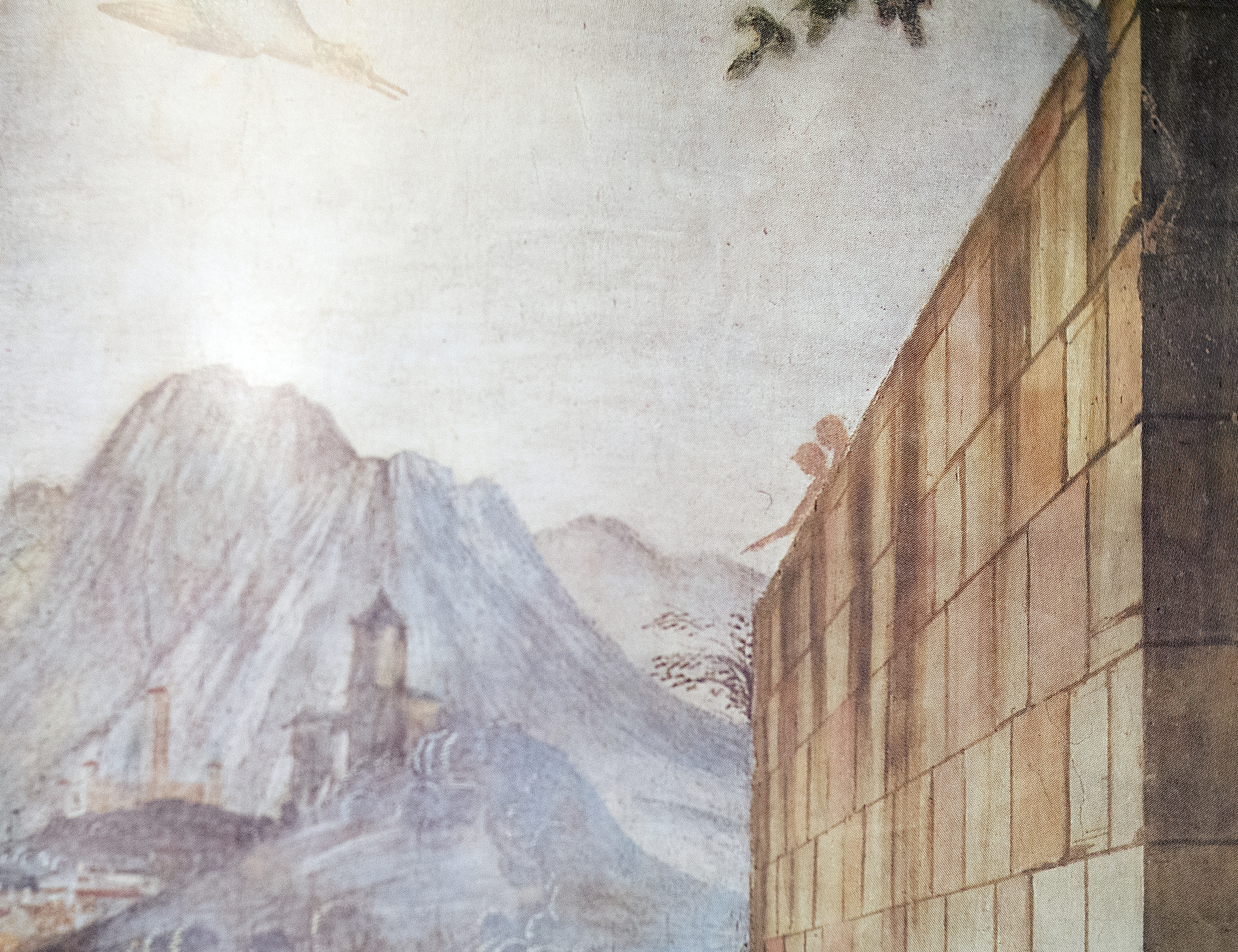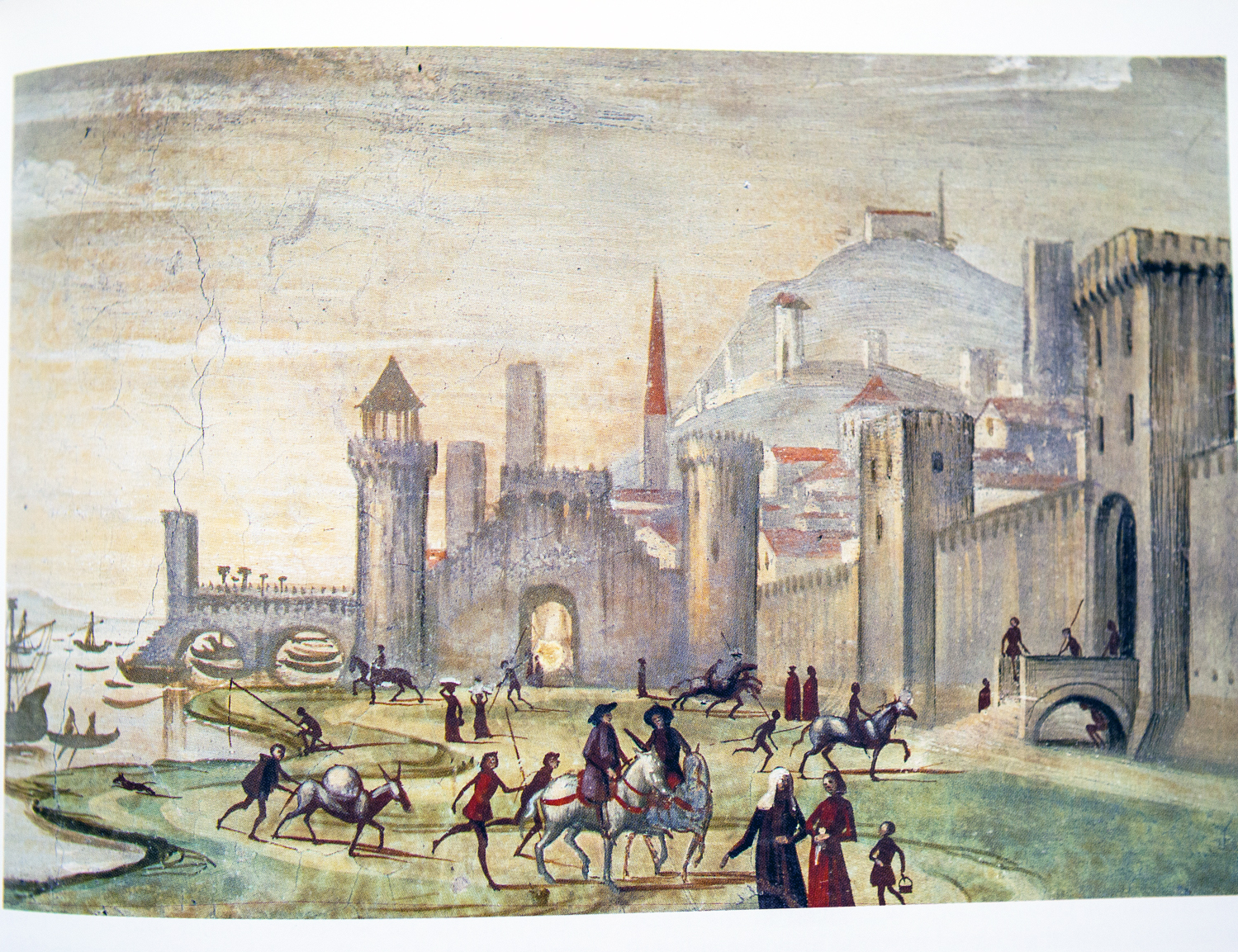Some Exceptional Narrative Artworks
C. G. Jung - Liber Novus
1959 - I worked on this book for 16 years. My acquaintance with alchemy in 1930 took me away from it. The beginning of the end came in 1928, when Wilhem sent me the text for the "Golden Flower", an alchemical treatise. There the contents of this book found their way into actuality and I could no longer continue working on it. To the superficial observer, it will appear like madness. It would also have developed into one, had I not been able to absorb the overpowering force of the original experiences. With the help of alchemy, I could finally arrange them into a whole. I always knew that these experiences contained something "precious", and therefore I knew of nothing better than to write them down in a "precious" that is to say, costly book and to paint the images that emerged through reliving it all - as well as I could. I knew how frightfully inadequate this undertaking was, but despite much work and many distractions I remained true to it, even if another / possibility never...
What an amazing epilogue this is to an amazing book. Began in 1914, C. G. Jung's 'Red Book' or 'Liber Novus' is a seminal work of not only early twentieth century psychology but also of art that has only recently been published and seen by a wide audience. The exquisite reproduction (shown below) was developed and produced by Sonu Shamdasani, historian of psychology and psychiatry, who writes a brilliant accompanying essay in the book. I had the 'Red Book' on order as soon as I knew it was being published in 2009. It is probably the book I am most proud of to have in my small collection. I have still not quite got to grips with it in the few years I have had it but I think that its mysterious quality is a great part of its attraction. The painted pages (rendered in the book lithographically) are exquisite. Central to its creation by Jung was a series of prophetic dreams he had, leading up to 1914, of a terrible cataclysm. Reading it at the end of 2014, the centenary of the Great War, adds to its power and poignancy.
From pp. 105 to 135 there are a series of incredible paintings, usually laid out with calligraphic text on the left and the image on the right. Below are the final four spreads of this sequence which particularly captivated me.
Whilst reading "Liber Novus" a few days ago I had recourse to think upon some other exceptional narrative artworks. This was prompted I think by the following lines in the 'Red Book' introduction by Shamdasani:
In October of 1910, Jung went on a bicycle tour of northern Italy, together with his colleague Hans Schmid. They visited Ravenna, and the frescoes and mosaics there made a deep impression on him. These works seemed to have had an impact on his paintings: the use of strong colours, mosaic-like forms, and two-dimensional figures without the use of perspective.
Together with the influence of the early Christian mosaics in Ravenna the obvious precedents for the form and style of the 'Red Book' are medieval illuminated manuscripts. For me this brings to mind two early and important books; the Book of Kells and the Lindisfarne Gospels. When thinking further upon the idea of narrative, the paragraph above prompted me to think of my own experiences of narrative art of the early renaissance, and some of the books I have which display it. What follows are some brief recollections and images of these other works I hold dear to me.
Book of Kells
I have a page of the exceptional reproduction of the 'Book of Kells' by Luzerne Press framed in my room. Each of our small university study group was generously given one during a visit to see the book at Trinity College in Dublin. I remember seeing the real thing opened and illuminated in a glass cube amidst darkness - quite a sight - but one felt the need, unrealisable unfortunately, to stretch out into the glass cube and peruse its astonishing pages.
Lindisfarne Gospels
When I visited Holy Island in Northumbria perhaps ten years back I was a little saddened not to be fully captivated by the place. For reasons I cannot recall I found it all a rather melancholy experience. But to think of this bleak, yet undoubtedly romantic, place, a rocky island connected to the mainland by a causeway in the tempestuous North Sea, as the place of production of this world within a book, the Lindisfarne Gospels, is quite fascinating. I saw the Lindisfarne Gospels themselves at the British Library where our study group donned gloves and were allowed to peruse a few pages of it.
Do have a look online at this pinnacle of human achievement in a remarkable online edition at the British Museum website:
Here are some photographs of a good accompanying book by Janet Backhouse.







